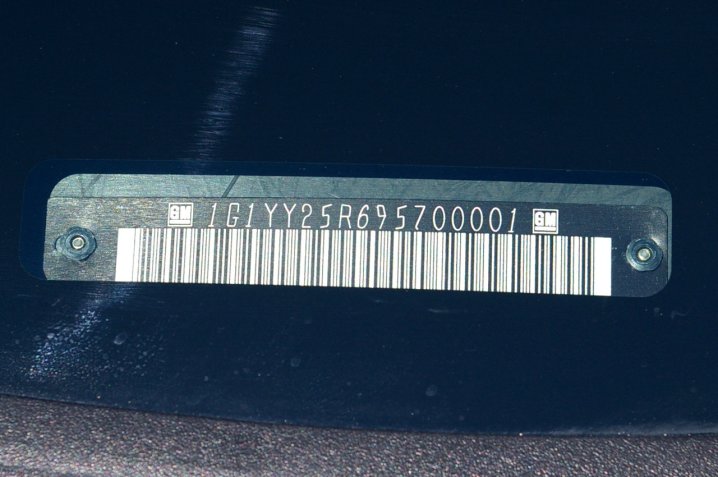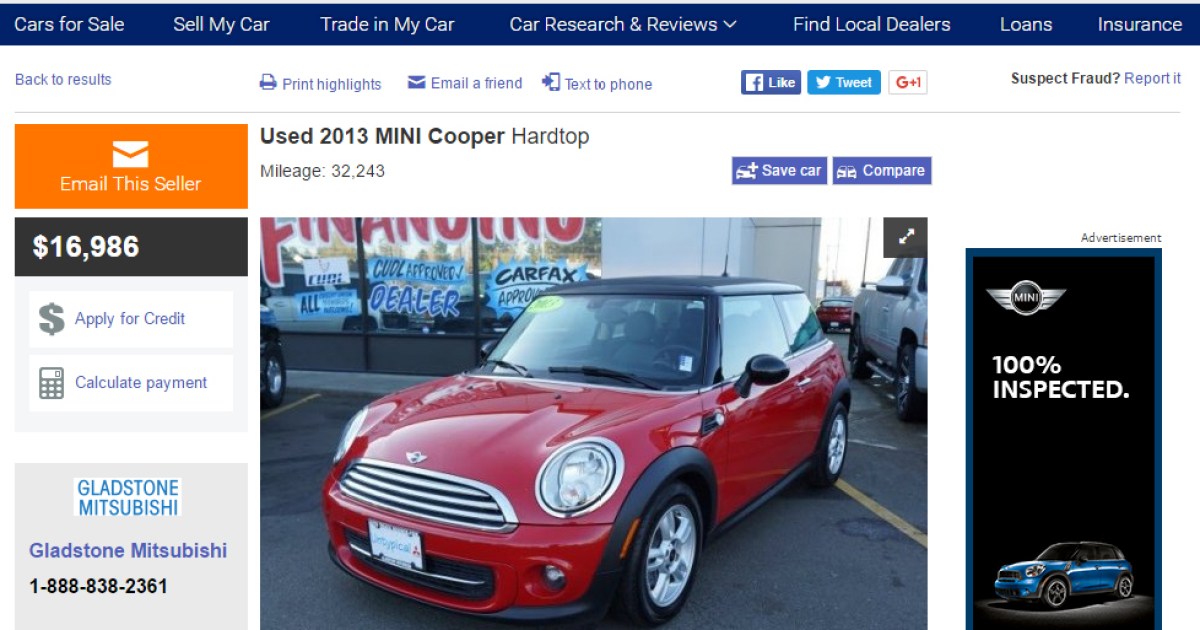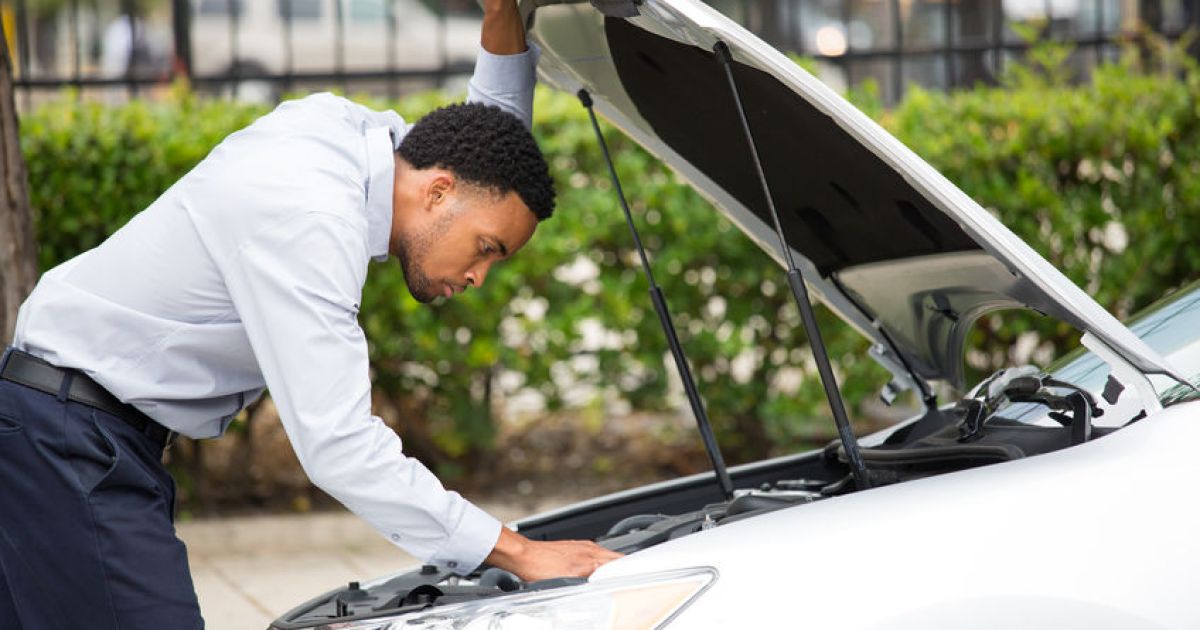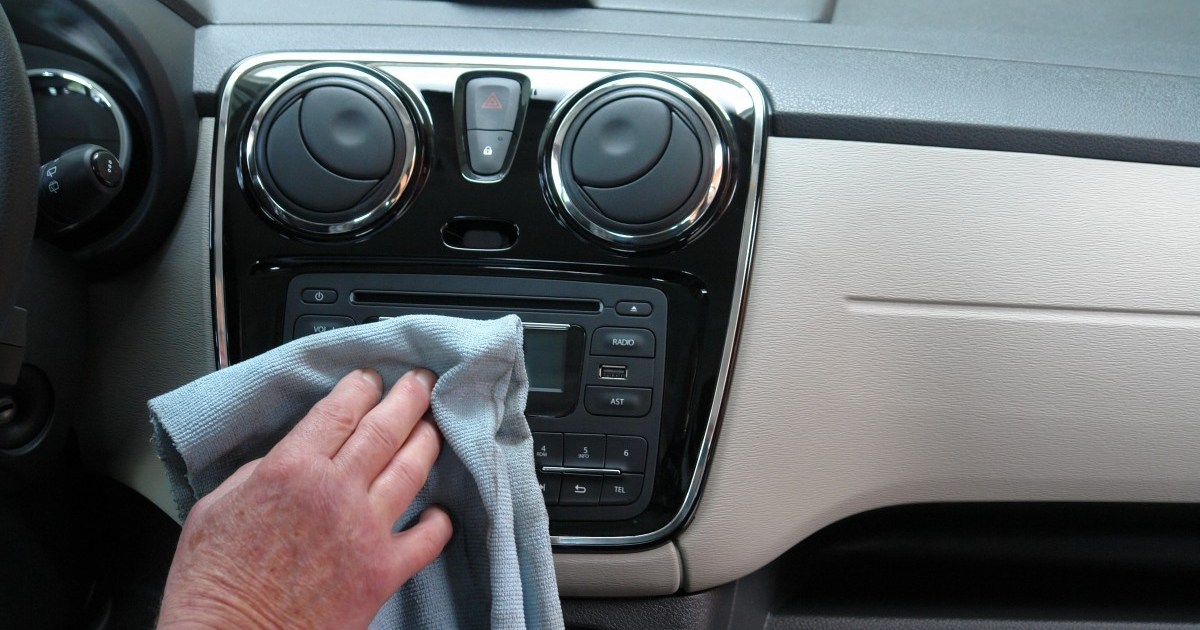Selling a car privately can be more challenging than trading it in, but it often yields a higher profit. This guide provides a step-by-step process to navigate the private car sale process successfully, even without prior experience.
 alt text: A car's VIN number located at the base of the windshield
alt text: A car's VIN number located at the base of the windshield
Preparation and Valuation
First, accurately identify your car’s year, make, and model. Locate the Vehicle Identification Number (VIN), typically found where the dashboard meets the windshield on the driver’s side, or on the driver’s side doorjamb. Use a free online VIN decoder to confirm the details.
Next, determine your car’s market value. Utilize online resources like Kelley Blue Book (KBB) and the National Automobile Dealers Association (NADA) guides. Input your car’s specifics, including condition, mileage, and options, to obtain an estimated value. Cross-reference these values with similar listings on classifieds websites like Craigslist to gauge a realistic selling price.
Compile all relevant documentation, such as maintenance records, repair invoices, and the original window sticker (if available). This demonstrates transparency and builds buyer confidence.
Thoroughly document your car’s condition with numerous photographs. Capture both positive aspects and any imperfections. Clean and detail your car before taking pictures to present it in its best light.
Choose a suitable platform to advertise your car. Online classifieds like Craigslist and Facebook Marketplace offer broad reach and allow multiple photo uploads. Consider local online classifieds for targeted exposure.
Creating a Compelling Advertisement
Craft a concise and informative advertisement. Include essential details: year, make, model, mileage, condition, key features, and any mechanical or cosmetic issues. Avoid excessive length or ALL CAPS.
Here’s an example of an effective ad:
“2007 Subaru Outback 2.5, silver with black interior, 119,000 miles, automatic transmission, clean title. Full service records available, recent oil change and new front brake pads. Minor dent on the hood, otherwise excellent condition. Features include leather seats, rubber floor mats, and a CD player. Asking $6,500 or best offer. No trades. Contact via email initially.”
Prioritize email communication for initial contact, providing your phone number only to serious inquiries. When scheduling a meeting, prioritize safety. Meet in a public, well-lit location, like a coffee shop. Avoid disclosing your home address or showcasing other possessions.
Expect potential buyers to request test drives. Accompany them on the drive or request collateral, such as their car keys, while they’re driving your vehicle. Exercise caution, particularly with high-performance vehicles or inexperienced drivers.
Negotiating and Finalizing the Sale
Be prepared for negotiation. Don’t be offended by reasonable offers below your asking price. Consider accepting a slightly lower offer for a quicker sale or counteroffer to meet in the middle. Reject unreasonably low offers. Remember, you control the final selling price.
Prioritize cash payments for simplicity. Alternatively, consider secure payment methods like cashier’s checks, USPS money orders, or PayPal. Avoid personal checks and online scams.
 alt text: A person signing the title of a car, transferring ownership.
alt text: A person signing the title of a car, transferring ownership.
Ensure all paperwork is complete and accurate. Fill out the necessary sections on the car title, including sale price, date, and buyer information. Settle any outstanding loans before transferring ownership. Check your state’s requirements for additional documentation, like a bill of sale. Only hand over the keys and title after receiving full payment. Retain a copy of the signed title for your records.











